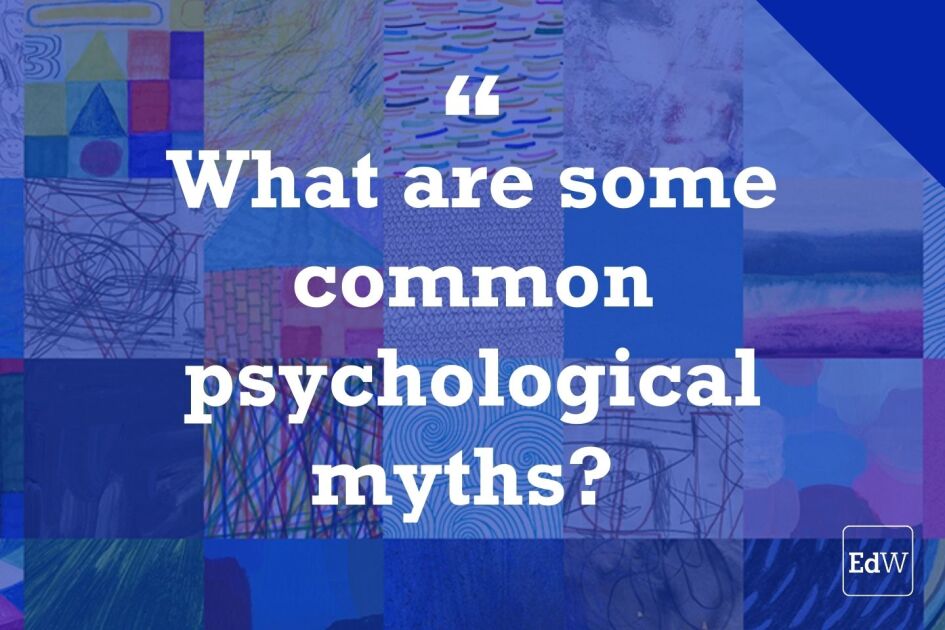Young people who have grown up with the internet and other digital technologies are often referred to as digital natives. But the findings of a new study from Stanford University are a reminder that these natives are often even more lost in the world of online information than non-native adults.
Most middle school students who participated in a task administered by researchers couldn’t distinguish between an advertisement and a news story on Slate.com, even though the advertisement was labeled “sponsored content.”
Most high schoolers didn’t note the source of a photograph of wilted daisies when determining whether it showed evidence of the effects of nuclear radiation.
And undergraduates didn’t take into account how the political motivations of the liberal advocacy group MoveOn.org might affect information it posted on Twitter.
All in all, the researchers administered 56 different tasks to 7,804 students in a variety of socioeconomic and educational contexts in 12 states. The common thread in the results of these and other tasks, the researchers write, is that young people have trouble judging the credibility of information they find online.
Other researchers had already found that young people are often swayed by how high a story appears on search results rather than by the source of the information.
But in a recent Education Week Commentary piece, “Why Students Can’t Google Their Way to the Truth” Sam Wineburg and Sarah McGrew, both researchers on the project, wrote that they were “taken aback” by the extent of students’ confusion.
In the report’s executive summary, they write that the confusion could have broad implications: “At present, we worry that democracy is threatened by the ease at which disinformation about civic issues is allowed to spread and flourish.”
The Stanford researchers aren’t alone in their concerns. Reports that misinformation spread by fake news sites may have swayed the presidential election in 2016 have led the social media site Facebook and the search engine Google to announce plans to try to stymie fake news sites from making money from advertising on their platforms. But those efforts won’t rid the internet of unreliable information altogether.
There are models for teaching students how to making sense of information online. School librarians, for one, are increasingly taking on the role of teaching students how to navigate the internet.
And in their commentary, the researchers outline how professional fact-checkers approach news sources, and how students’ attempts to determine fact from fiction and assess the reliability of news sites differed from professional fact-checkers.
Unlike students, fact-checkers didn’t evaluate the credibility of a site based just on its own description of itself. They searched for outside information about the source. And they didn’t rely on just the order of search results to determine what to read first.
“None of this is rocket science,” McGrew and Wineburg write. “But it’s often not taught in school.”
Teaching media literacy isn’t just a job for schools: In an article about the research, the Wall Street Journal reports on a few families who have focused on teaching their teens how to navigate news online. Several parents describe making the daily news a topic of conversation at the dinner table. “We spend a good deal of time asking them where they get their information,” parent Vincent Tran told the Journal.
For more on how schools and teenagers are reading in the digital age, check out Education Week’s recent special report: “The Changing Face of Literacy.”
Related stories:


